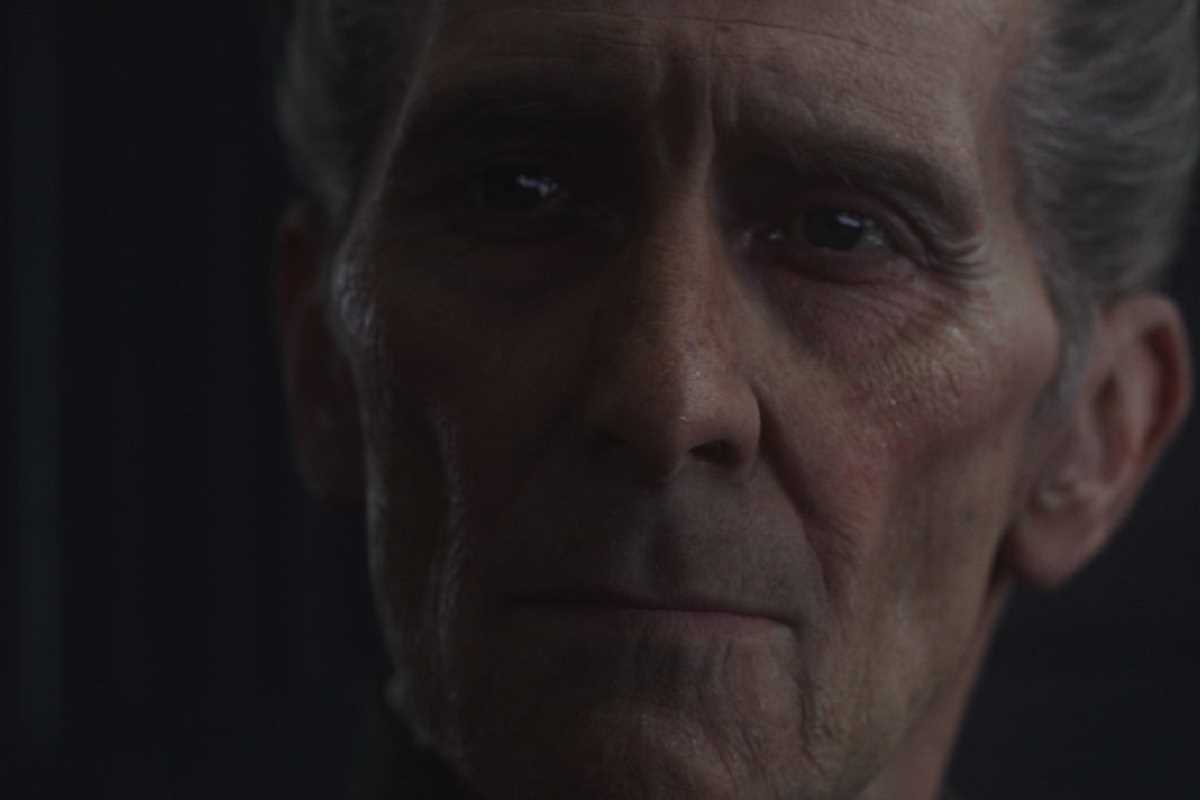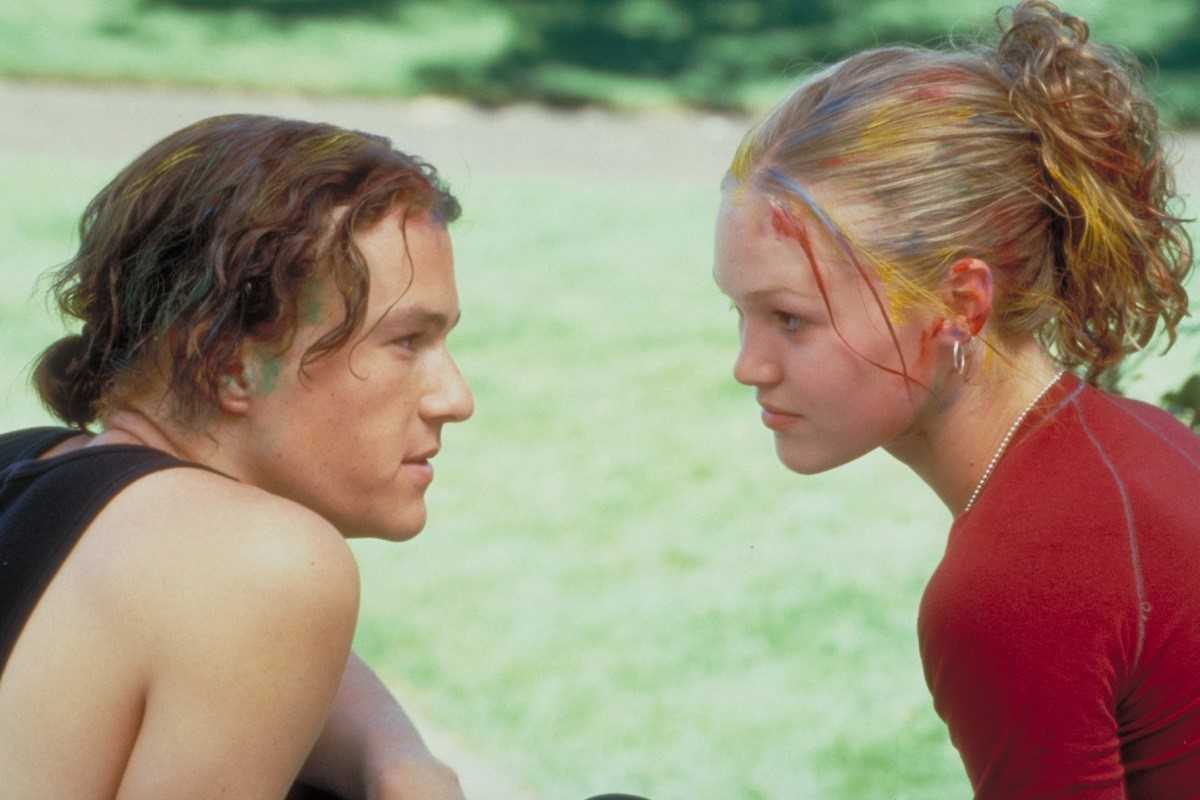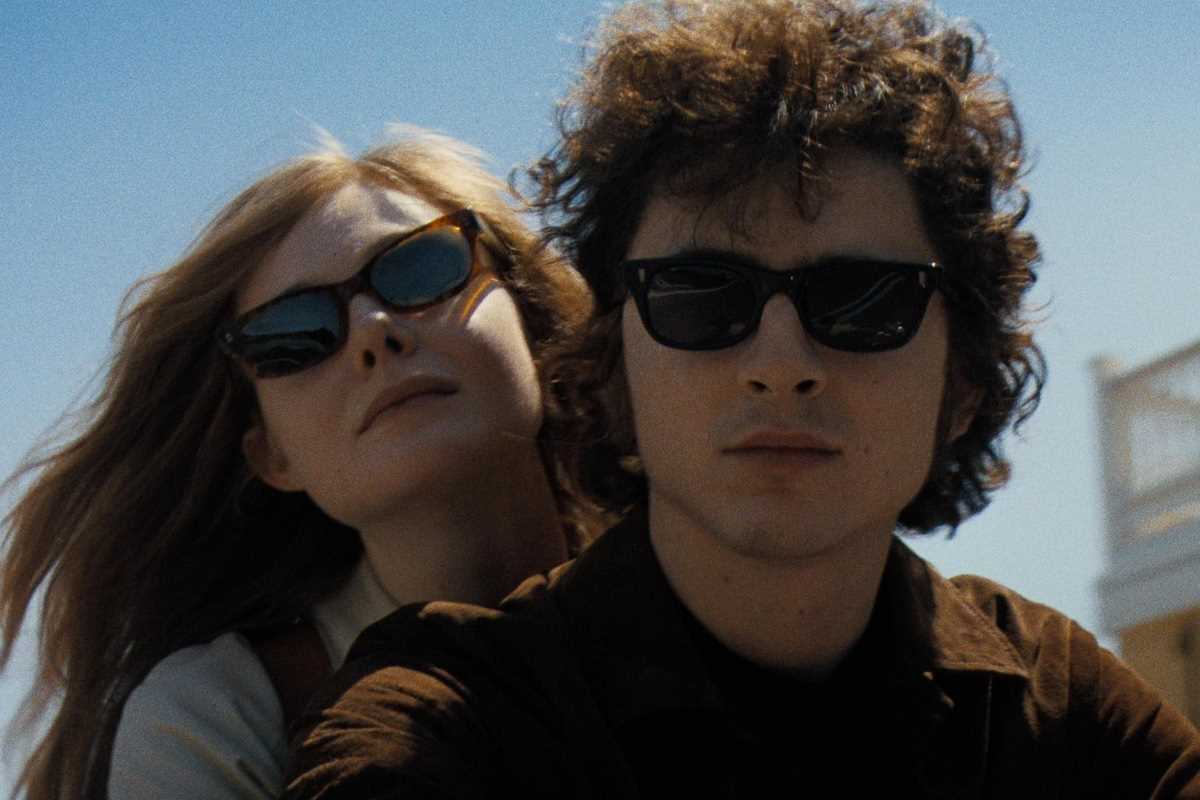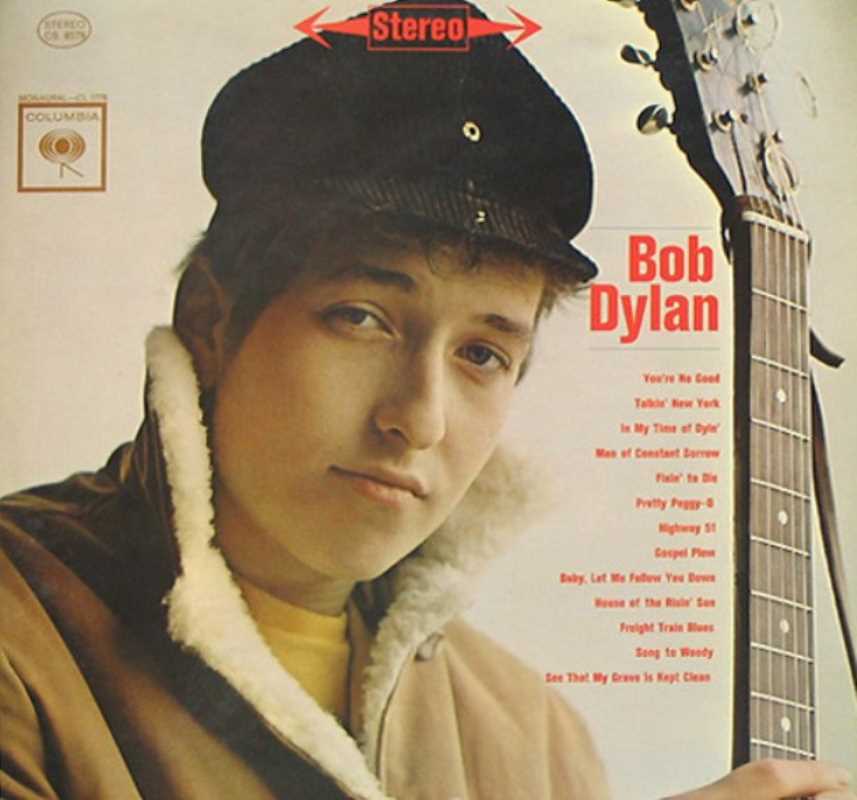Blockbuster movies have a unique way of bringing people together. They spark excitement, create shared experiences, and sometimes even inspire fans to dress up as their favorite characters. But in recent years, blockbuster films have been doing something extra to keep audiences engaged—they’re leaning heavily on fan service.
Fan service refers to the little (or big) moments in movies that are meant to delight loyal fans. These can include surprising character cameos, nostalgic callbacks, hidden Easter eggs, or references to iconic scenes. While these moments may not always be essential to the story, they often play a huge role in keeping fans’ love for the franchise alive.
Franchises like Star Wars, the Marvel Cinematic Universe (MCU), and other Hollywood blockbusters have mastered the art of fan service. But how exactly does it work, and why is it so important for these blockbusters to stay relevant? Let's take a closer look.
What Is Fan Service?
Imagine sitting in a theater, and suddenly a character you haven’t seen in years pops up on the screen. Or maybe the film recreates a classic scene you grew up watching—but with a modern twist. These are the kinds of moments fans live for, and they fall under the enormous umbrella of fan service.
The goal of fan service is to reward loyal viewers who have been following these franchises for years (sometimes decades). It’s a way of saying, “Thanks for sticking with us—here’s something just for you.” At the same time, well-executed fan service can also attract new audiences by making these moments exciting and accessible, even if they don’t get every reference.
However, too much fan service or poorly handled callbacks can backfire, making a movie feel cluttered or pandering. Blockbuster filmmakers must strike a balance, and some do it better than others.
Star Wars and the Power of Nostalgia
Few franchises have mastered fan service quite like Star Wars. Since the original movie debuted in 1977, generations of fans have fallen in love with the galaxy far, far away. But as the franchise expands—from sequels to prequels to spin-offs—it faces the challenge of keeping long-time fans happy while bringing in younger audiences.
The Skywalker Saga
Take Star Wars: The Force Awakens (2015), for example. The film reintroduced iconic characters like Han Solo, Princess Leia, and Luke Skywalker. For fans who grew up watching the original trilogy, seeing these characters back on screen was a deeply emotional experience. The Millennium Falcon’s return, BB-8 rolling onto the screen, and nods to classics like the Death Star all felt like a trip down memory lane.
But the movie also introduced new heroes, such as Rey, Finn, and Kylo Ren, ensuring that younger fans could enjoy a new story while old fans soaked up the nostalgia. This balance helped The Force Awakens become a massive box office success.
The Mandalorian and Surprise Cameos
Then there’s The Mandalorian, a Star Wars hit on Disney+. The series is packed with moments of fan service that feel both exciting and earned. For instance, the show brought back fan-favorite characters like Boba Fett and Ahsoka Tano, sending die-hard fans into a frenzy.
Perhaps the ultimate fan service moment came in the season 2 finale when Luke Skywalker made a surprise appearance to rescue the show’s heroes. It was a jaw-dropping moment that perfectly blended nostalgia with storytelling. At the same time, The Mandalorian introduced the adorable (and endlessly memed) Grogu, aka “Baby Yoda,” which captured the hearts of new viewers.
Marvel’s Recipe for Success
When it comes to fan service, the Marvel Cinematic Universe (MCU) has practically written the rulebook. Over the past 15 years, the MCU has built a massive interconnected universe with dozens of movies and TV shows that reward fans who pay attention to the details.
Easter Eggs and Continuity
From the beginning, the MCU has been packed with Easter eggs—hidden references for fans to discover. For example, remember Captain America’s shield appearing briefly in Iron Man 2? Or the subtle setup for Avengers in Thor? These moments reward fans who love catching connections between the films.
One of the MCU’s biggest fan service payoffs came in Avengers: Endgame. The movie was full of callbacks to earlier Marvel films, like Captain America finally shouting “Avengers, assemble!” or Tony Stark using his iconic “I am Iron Man” line one last time. These moments were hugely emotional for fans who had followed the story from the start.
Spider-Man’s Multiverse Madness
Marvel’s fan service reached new heights with Spider-Man: No Way Home. The movie didn’t just focus on the current Spider-Man, Tom Holland. It also brought back Tobey Maguire and Andrew Garfield, who had previously played the character. Seeing these three Spider-Men team up for an epic battle was pure fan service, and audiences loved it.
But No Way Home didn’t rely on nostalgia alone. It used those older characters to explore themes of redemption, teamwork, and responsibility. This balance between rewarding fans and telling an engaging story is why Marvel’s version of fan service works so well.
Other Blockbusters and Their Fan Service Moments
It’s not just Star Wars and Marvel. Other major franchises are using fan service to stay relevant, too.
Jurassic World and Familiar Roars
The Jurassic Park series roared back to life with Jurassic World (2015). While the movie introduced a new cast of characters, it also packed in nods to the original films. Locations like the iconic visitor center and the T-Rex breakout scene were deliberate efforts to appeal to fans of the 1993 classic.
By the time Jurassic World: Dominion rolled around in 2022, the franchise brought back the original trio—Dr. Grant, Dr. Sattler, and Dr. Malcolm—to team up with the new generation of heroes. This reunion thrilled fans and created an emotional bridge between old and new audiences.
Top Gun’s Iconic Return
Another standout example of fan service is Top Gun: Maverick (2022). The sequel to the 1986 hit blended thrilling aerial action with emotional callbacks for fans of the original. Nostalgic moments like Maverick riding his motorcycle, the recreation of the iconic “Great Balls of Fire” piano scene, and even Goose’s son entering the story added layers of familiarity.
At the same time, the film modernized its storytelling, making it a favorite among fans, critics, and younger viewers alike.
Is It a Good Thing or a Bad Thing?
Fan service isn’t just about pleasing die-hard fans. It's about creating a sense of community and shared nostalgia. For people who’ve been with these franchises for years, fan service moments feel like Easter eggs of appreciation.
At the same time, good fan service doesn’t leave new viewers behind. Spider-Man, The Mandalorian, and others build exciting stories that stand on their own—but with just enough nostalgia to reward long-time loyalists.
By carefully blending past and present, blockbuster franchises stay relevant in a constantly shifting entertainment landscape. They keep old fans feeling connected while ensuring there’s plenty for new audiences to enjoy.
The Challenge of Getting It Right
That said, not all fan service works. Overusing nostalgic references or forcing cameos can feel lazy or manipulative. Fans don’t want a parade of Easter eggs just for the sake of it—they want their favorite movies to tell stories that make sense.
This is why balancing fan service is a delicate art. Filmmakers must work to ensure that nods to the past serve the story. When done right, fan service can elevate a film’s emotional impact.
Final Thoughts
Blockbuster movies are leaning on fan service more than ever, and for good reason. Franchises like Star Wars, the MCU, and Jurassic World understand how to honor their past while looking ahead to the future. Through nostalgic callbacks, epic cameos, and subtle Easter eggs, these movies draw in loyal fans while inviting new audiences to join the fun.
As long as filmmakers strike the right balance and use fan service to tell meaningful stories, these moments will continue to make audiences cheer, cry, and connect. Because at the end of the day, fan service isn’t just a tactic—it’s a shared celebration of the stories we love.
 (Image source: Lucasfilm)
(Image source: Lucasfilm) 





